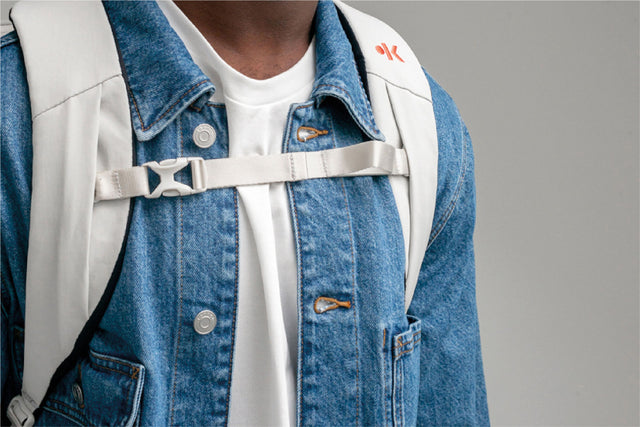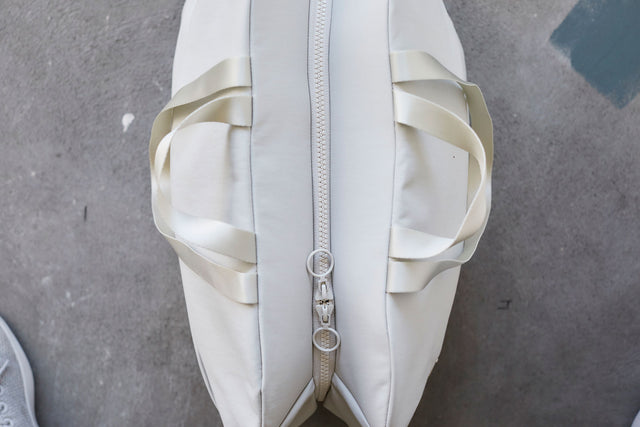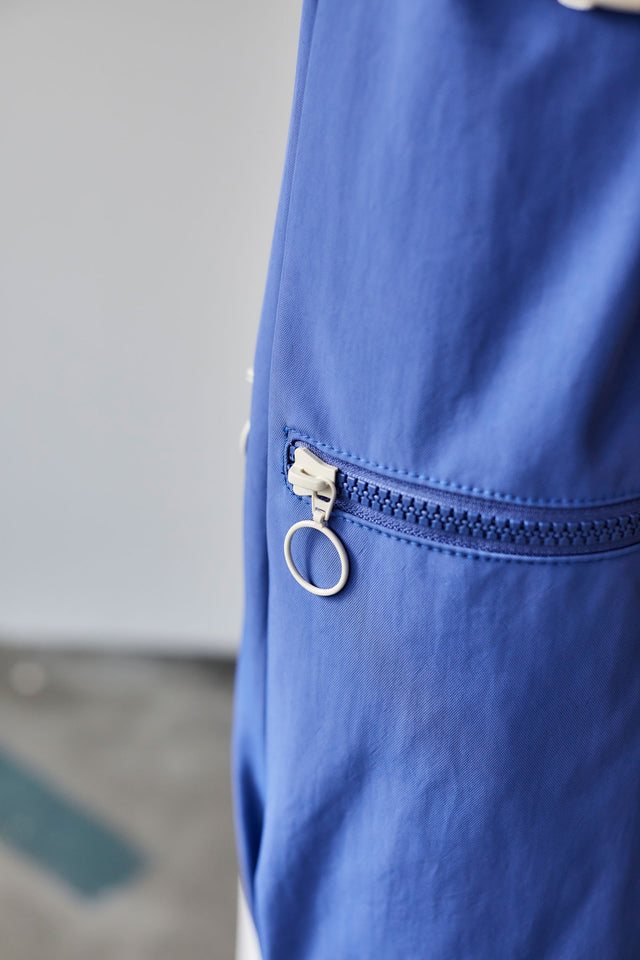Our materials:
certified and recycled

bluesign®-approved fabric
The fabrics and hardware of our yoga bags are bluesign®-approved. The seal stands for a textile supply chain that is as environmentally friendly and transparent as possible, as well as for end products that are harmless to health.
"Harmless to health", however, does not mean free of harmful substances. Fluorocarbons (PFC), which make your yoga bag water-repellent, but can find their way into groundwater as toxic substances, are permitted under bluesign®. We take one step further: as of 2023, our bags will be PFC-free.
Peta-approved vegan products
All kaala products are completely free of animal-based ingredients. Our products have no logo patches or pendants made of leather, no buttons made of horns or mother of pearl. Even our adhesives are vegan. No animals have to suffer for our bags.


Looking ahead
We know that the fashion industry is a considerable part of the climate change problem. The clothing and footwear industry accounts for 8% of global CO2 consumption. This is more than total air and sea traffic together. According to Greenpeace, 4.3 million tons of clothing end up being thrown away each year in Europe alone. We urgently need to find new solutions.
One way is durability. Products with a long lifetime reduce consumption and textile waste. Our next steps:
Since 2023 our bags and backpacks are PFC-free.
We are developing low-threshold repair options. If the zip of your beloved backpack gets stuck, it should be easy to replace it.

